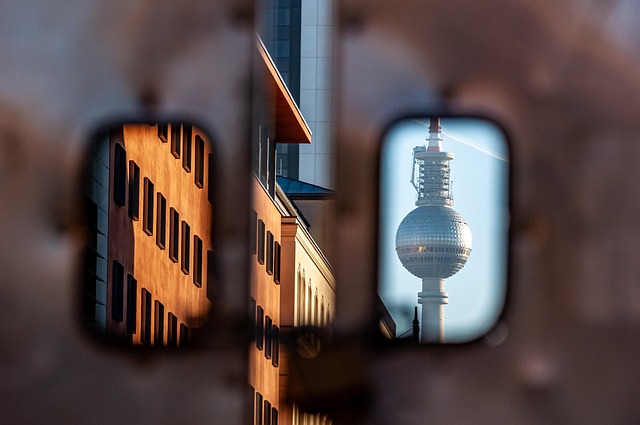When we think about our favorite television shows, it’s often the stunning visuals or intricate plots that first come to mind. However, there is an underlying element that profoundly influences our experience: rhythm. Just like a captivating dance, rhythm plays a pivotal role in shaping the pacing, mood, and overall energy of television storytelling.
Consider your favorite scenes—whether it’s a nail-biting thriller, an emotionally charged drama, or a lighthearted comedy. The effectiveness of these moments often hinges on the rhythm of the dialogue, the sequence of shots, and the timing of the music. When the rhythm is just right, it can transport us into the world of the show, immersing us in the story and making us feel every heartbeat of the narrative.
Take a moment to think about the comedy genre. Sitcoms rely heavily on rhythmic timing for their punchlines. The build-up of tension followed by a well-timed joke can ignite laughter in ways that feel instinctual. Shows like The Office or Parks and Recreation masterfully use rhythm in their dialogue and editing to create an atmosphere that feels authentic, relatable, and, most importantly, fun. The back-and-forth between characters often mirrors a carefully choreographed dance, where each actor plays a role in the collective rhythm of humor.
In contrast, dramas lean on rhythm to evoke emotion. Think of a scene filled with palpable tension—the slow zooming in on a character’s face, the hesitance in their speech, and the heavy silence that lingers in the air. This rhythmic pace can heighten suspense or sorrow, drawing viewers into the character’s emotional landscape. For instance, shows like Breaking Bad or This Is Us beautifully intertwine rhythm and emotion, making us feel the highs and lows of their journeys.
Moreover, rhythm can also be found in the score that accompanies a series. A powerful soundtrack sets the tone and dictates the pace of the story. Whether it’s a soft piano melody during a tender moment or a pulsating beat during an action sequence, music enhances the rhythm, creating a deeper connection to the narrative. Think of iconic shows like Stranger Things, where its synth-heavy score not only reflects the time period but also propels the story forward, encapsulating the essence of intrigue and nostalgia.
Even in reality television, rhythm plays a significant role. The editing rhythm in shows like The Great British Bake Off or Survivor influences viewer reactions and feelings. Quick cuts might build excitement, while slower edits can highlight tension or drama among contestants. Such rhythmic storytelling keeps audiences engaged and invested in the outcome.
In essence, rhythm is the unseen conductor behind the orchestra of television. Whether through the timing of dialogue, the pacing of scenes, or the emotional beats of music, it creates a cohesive art form that resonates with viewers far beyond what they may consciously recognize. Just as a perfectly timed dance captivates an audience, so too does the rhythmic flow of a well-crafted television show.
As we continue to consume and engage with television shows, let’s pay homage to the rhythm that drives these narratives. Next time you find yourself engrossed in a binge-watch session, take a moment to appreciate the intricate dance of rhythm that brings each story to life. It’s this very pulse that keeps us returning for more, reminding us of the beat in our own lives that connects us to one another and to the stories unfolding on our screens.




